Want to create a dramatic visual impact in your garden? Could Phormium, also known as NZ Flax, be the answer?
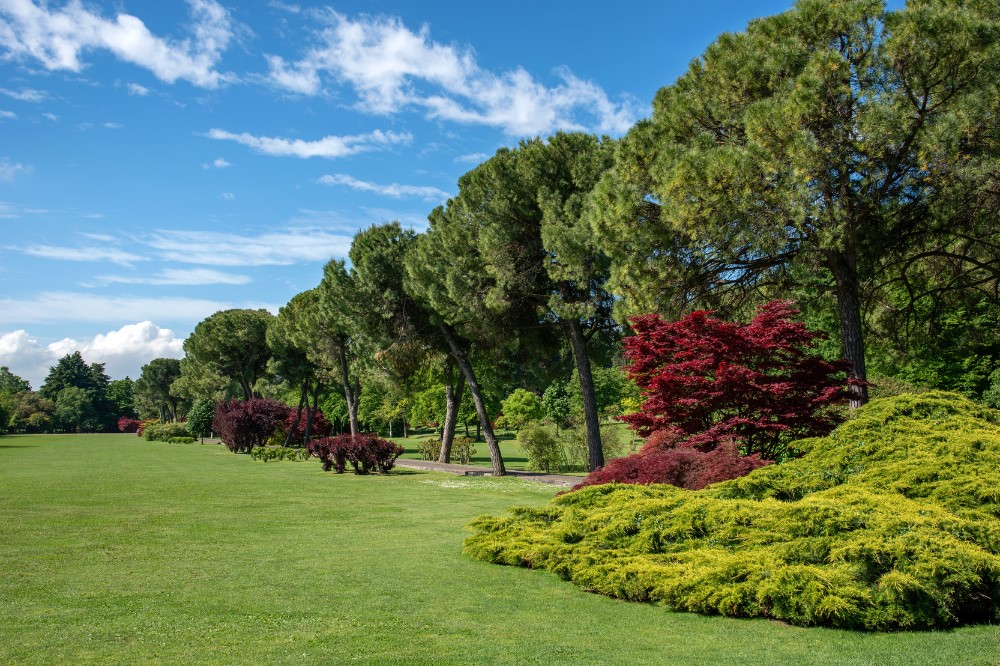
Choosing Pest and Disease Resistant Landscape Plants and Turf
Landscapes serve to mimic greeneries so people can connect with nature, which is not always accessible in highly developed areas.
They help improve the well-being of a community by providing aesthetically pleasing sceneries. Additionally, they impact the economic value of cities by showcasing visual identities concerning the appreciation of people in a “clean and green” environment.
Australia recognizes landscapes’ significance in influencing tourism, public spaces, public satisfaction, and the people’s well-being. Therefore, it is imperative that the plants in landscapes persist against natural factors that may affect them, such as weather changes, disease pressures, and pest infestation.
Using plants capable of surviving various conditions will help maintain the beauty and value of available landscapes and ensure that they will stand the test of time.
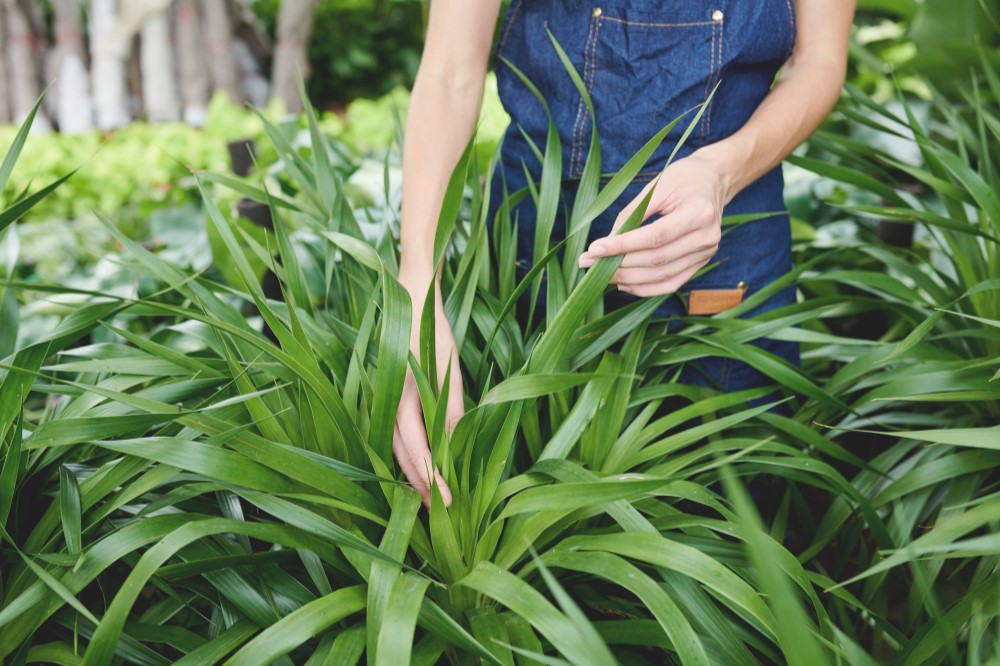
Improving Plant Biosecurity
Plant biosecurity faces different challenges depending on the area the plants are situated in, from Australia’s northern coastline to Broome in Western Australia to Cairns in Queensland.
The movement of insect pests to the south, the natural occurrence of diseases and weeds, and weather changes creating the wet season monsoon are among the factors that affect plant biosecurity.
To improve plant health, scientists can do two things: conduct constant monitoring of potential threats across the country and establish plants that are resistant to commonly occurring hazards.
As for the latter, scientists can develop plants that are adaptable to changes in the present climate and can resist pests and diseases that may hinder their propagation. This can help in protecting plant biodiversity.
Introducing Hardy Native Plants to Landscapes
One way of avoiding the catastrophic decline of plant life caused by pests is by introducing hardy native plants to landscapes. This can help control the existing threats to the landscapes.
Hardy native plants are not only visually pleasing but are also valuable in providing a natural horticultural link to the people. The following are some examples of these plants.
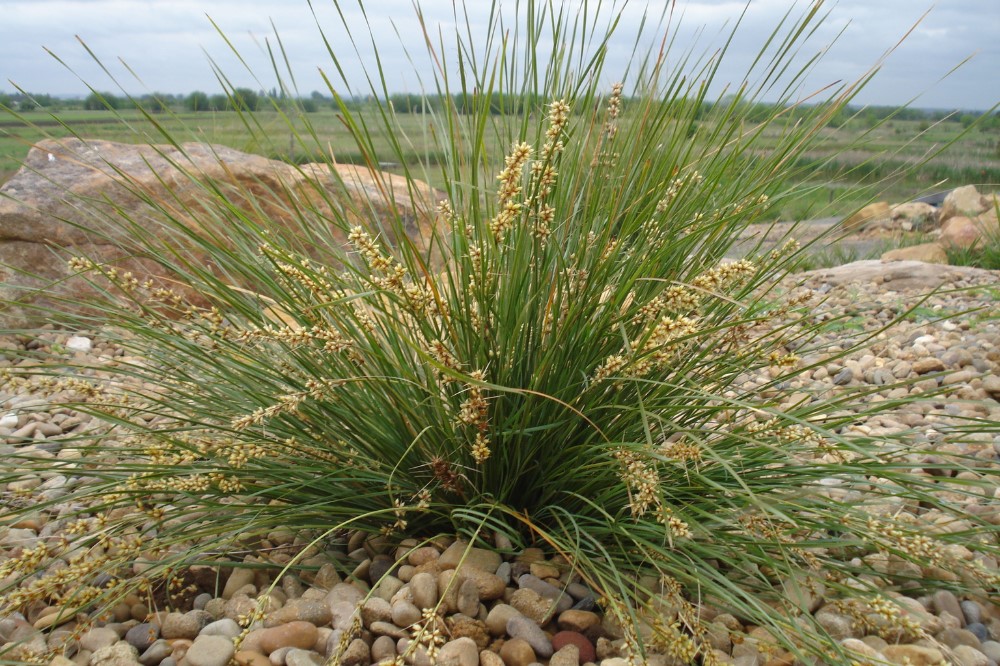
1) Mat Rush or Basket Grass
Lomandra longifolia, commonly known as mat rush or basket grass, is an example of a plant that can be used as a starting flora for a landscape. This eastern Australian native strappy leaf plant typically thrives in wet places, such as sandy soil and swamps, and in dry rocky areas, such as hillsides and cliffs.
The Shara™ Lomandra is an ideal choice because unlike most Lomandras, it generally works in both wet or dry spots. It flowers during the warm early spring. It is also suitable as an indoor plant. Besides being a low-maintenance plant, it exhibits a high tolerance of the dry season. Good varieties have pest and disease resistance.
One threat strong Lomandras like Evergreen Baby™ Lomandra and Shara™ Lomandra can survive is root rot, a plant disease caused by the fungus-like organism called Phytophthora cinnamomi.
This oomycete can cause the death of plants like tobacco and cotton, which in turn can result in huge economic losses. The common Lomandra longifolia struggles in both wet and dry, almost as it needs to choose one condition, but the right Lomandra can tolerate both conditions.
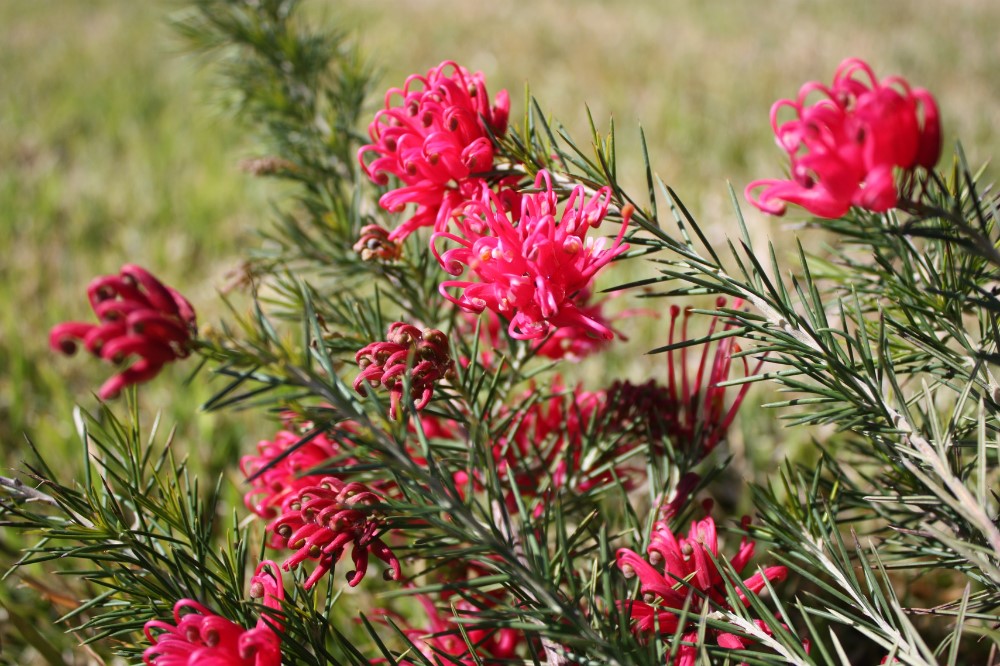
2) Grevilleas
Grevilleas are a favourite in landscapes across Australia. This fast-growing shrub has a wide range of varieties and is often used for hedging and topiaries.
It is also used as a shrub, a ground cover, or as a tree. Grevilleas thrive under full sun and also in partly shaded areas. Once well established in the soil, they can be resistant to most conditions.
Most varieties of Grevillea, like Gold Cluster™ Grevillea, Crimson Villea™ Grevillea, and Cherry Cluster™ Grevillea, are popular as they are generally drought and frost tolerant plants. Their flowers also bloom through spring, summer, and winter with different variations of color per species.
Although they are quite sensitive to phosphorus fertilizers, they easily fight off most pests and diseases like sooty mold, a black fungus that feeds on the excretions of other pests like scale or aphids, covers the leaves, and reduces the plant’s ability to photosynthesize.
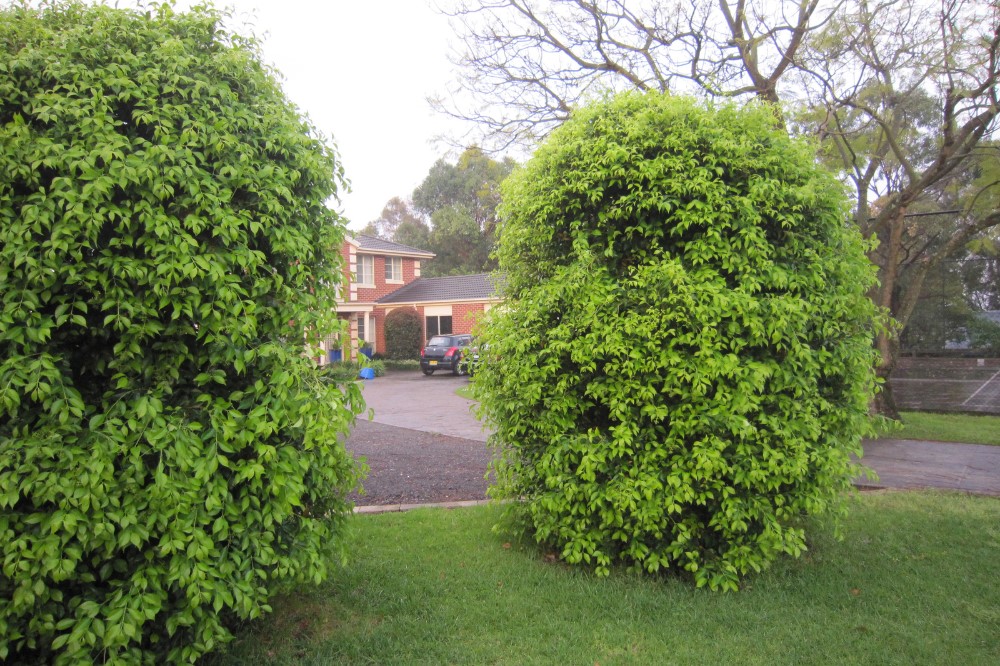
3) Lilly Pilly
Lilly Pilly is an erect evergreen tree found in a wide climatic range in Australia. This hardy plant, when established, is drought and water tolerant and copes well with diseases.
Lilly Pilly grows stronger and lusher when there is an abundance of moisture, making it an effective hedge or a wind break. However, although it can survive frost, heavy frost can still affect the saplings.
This plant should be watered well in the growing season and only occasionally once the winter period arrives. It should be washed with a soapy water solution every few days to control scale.
Some types, such as Straight and Narrow™ Syzygium and Sublime™ Acmena Lilly Pilly, are resistant to psyllid infestation. Psyllids are tiny sap-sucking insects that cause pimple-like galls to develop in leaves, causing distortion and blisters. In addition, psyllids may cause sooty mold to develop in plants.
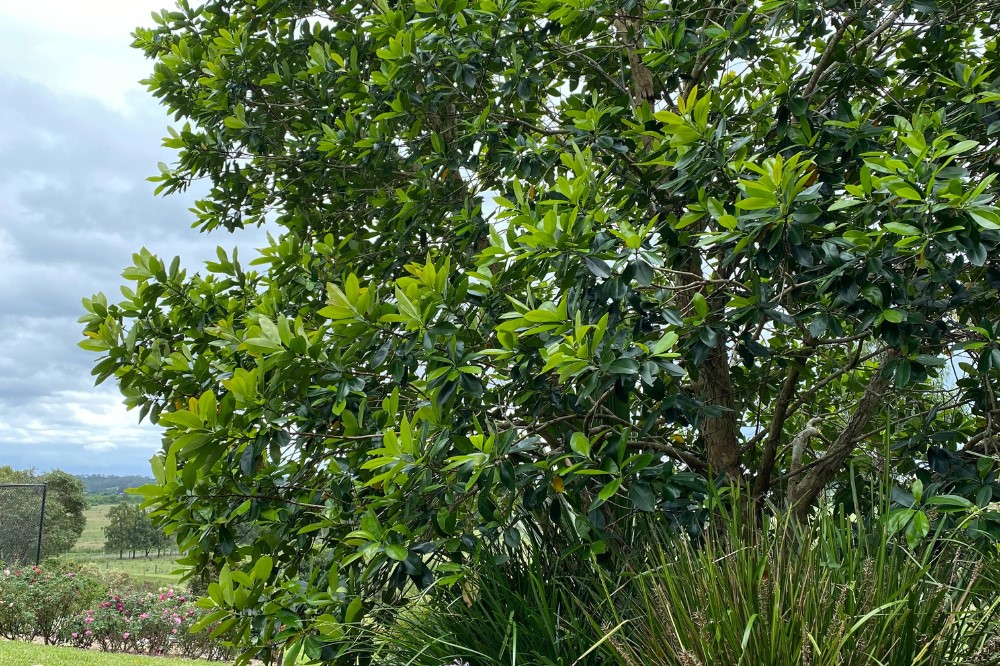
4) Tristaniopsis laurina
Myrtle rust, or Austropuccinia psidii, is an invasive fungus that causes some trees like Lilly Pilly, paperbark tree, brush box tree, and tea tree to suffer, possibly making other tree species endangered due to the threat it poses.
Thus, for your landscapes, it is best to choose a type of tree that resists this problem. Luscious® Tristaniopsis laurina, also known as kanooka or water gum, is one such tree.
Kanooka is a native evergreen Australian tree typically found in creek banks and in rain forests. It is generally drought tolerant and winter tolerant. It is commercially friendly due to its bark being ideal for use in tool handles, mallets, and wooden screws.
The best care for nurturing kanooka is to grow it in moist soils with exposure to direct sunlight. Once grown, it can be a great feature tree that is able to endure various environmental conditions.
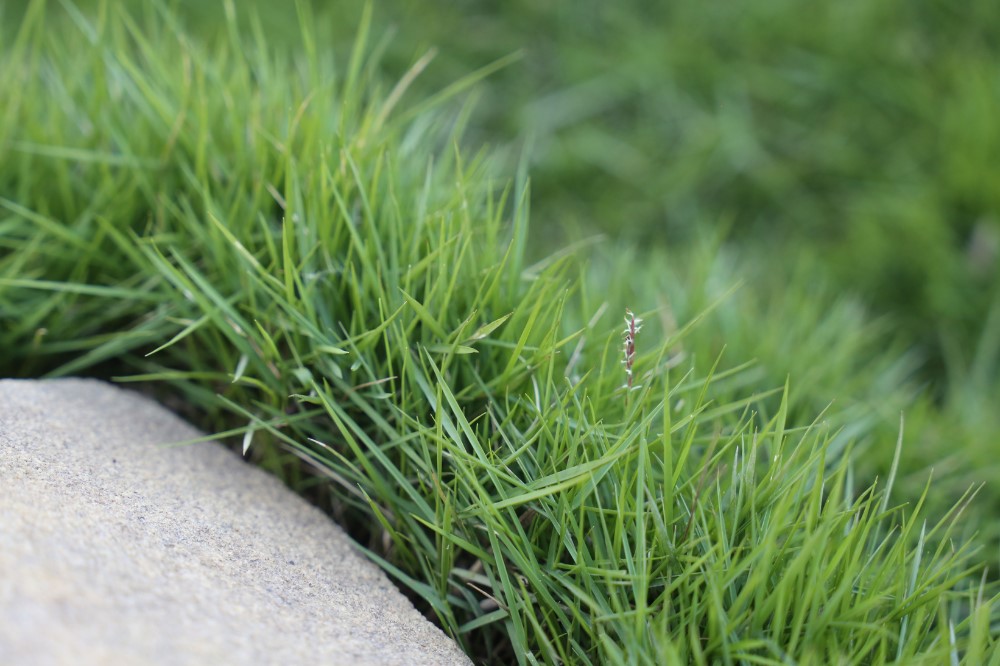
5) Ozbreed Zen Grass®
This healthy looking turf is ideal for use in textured lawns. Ozbreed Zen Grass® grows well in full sun exposure, which showcases its drought tolerance. It can also survive temperatures down to -17°C, which shows its tolerance in cold climate.
Maintaining a low to moderate nitrogen fertilisation helps Zoysia grow and be established in the soil where it is introduced. It is good at competing with weeds and requires less mow care. Furthermore, it has excellent disease and pest resistance.
Lawn grub infestation is a lawn pest that eats the root system of a turf, causing damage to Australian lawns. They usually persist from spring through autumn, resulting in the devastation of any lawn it infects. Fortunately, Zoysia is known to survive lawn grub infestation. Due to its toughness, it can recover from the damage caused by this pest’s incursion.
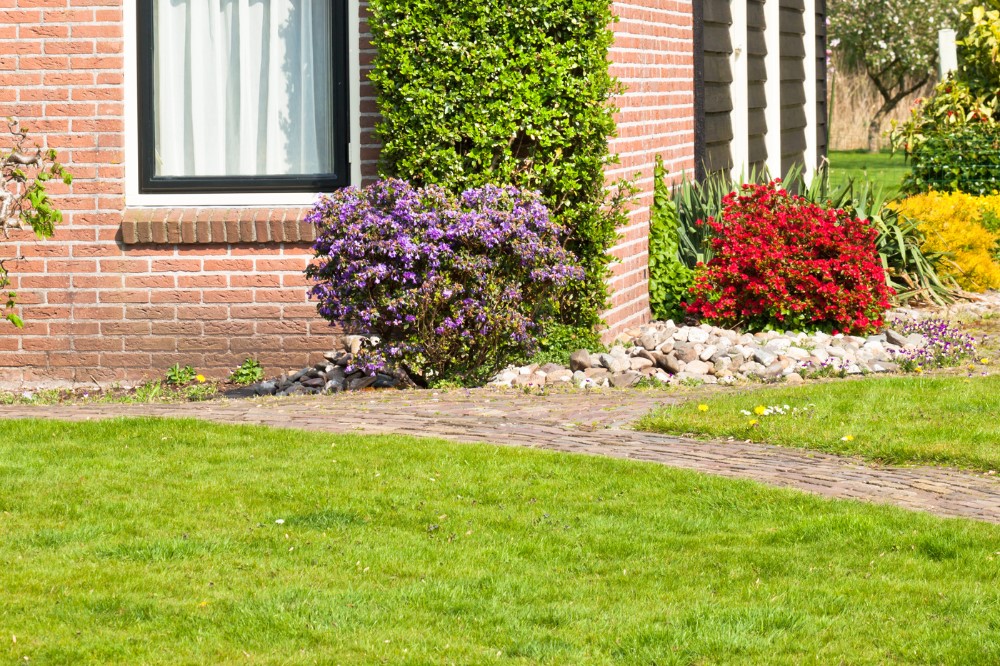
6) Soft Leaf Buffalo Grass
Stenotaphrum secundatum, or soft leaf buffalo grass, is another grass that is a good choice for landscapes because it also demonstrates drought and frost tolerance.
Due to its deep-rooted system, the grass can thrive in wet soils and do not need much attention during cultivation. A good lush Buffalo Lawn is hence thick, resists both weeds and many pests, and is easy to look after.
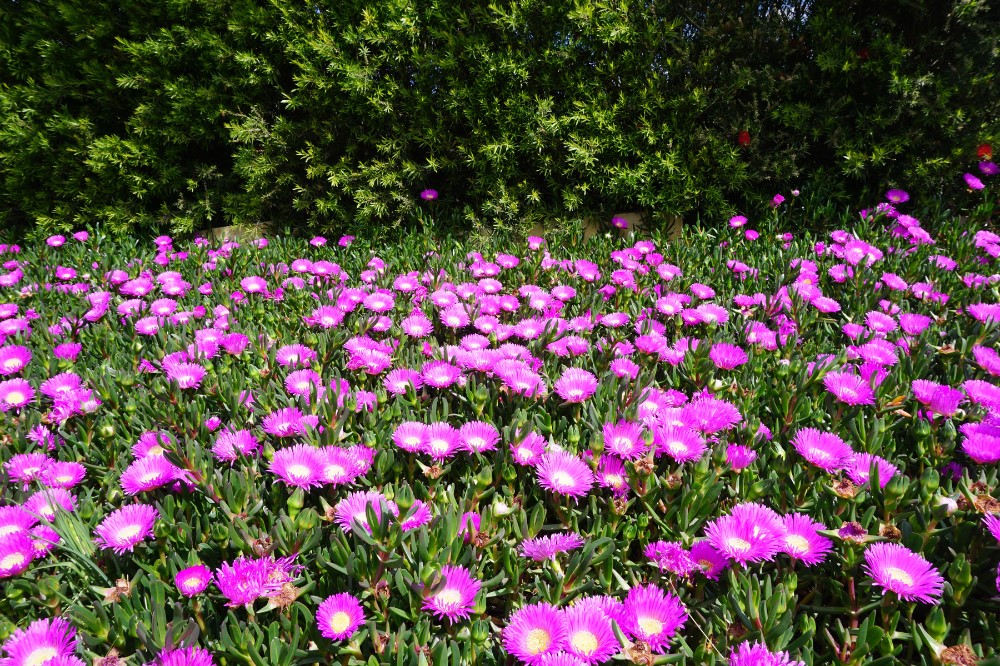
7) Outliers
Sometimes plants behave differently than their relatives. Aussie Rambler™ Carpobrotus tolerates cold, pests, and diseases far better than the common form, so this variety can be grown in places the common form would likely not survive in.
Blue Horizon™ Eremophila that would normally be wiped out in the Australian East Coast by humidity diseases but continues to thrive in this environment. The former Australian plant of the year, Grey Box™ Westringia, thrives in partial wet feet and resists associated diseases that would normally kill a typical Westringia.
Breeding can make plants more special, and the benefits that result from it will be of great advantage to your landscape.
Final Words
Pests and diseases have become widespread and continue to affect the growth and maintenance of plants in the environment. Other factors that affect plant growth, like human activities and natural calamities, are naturally always present.
Some signs that plants have been infested by pests or infected with a disease include the drying out and yellowing of leaves even with adequate water, the presence of small gnawed areas around the leaves, and the rotting of the plant.
Though the spread of such threats is real, containment can be possible with the help of proper care. And as long as preventative measures—like knowing the proper care for a particular plant, growing it in a suitable environment, and using environmentally friendly pesticides and fungicides—are applied, the effect of pests and diseases can be minimized.

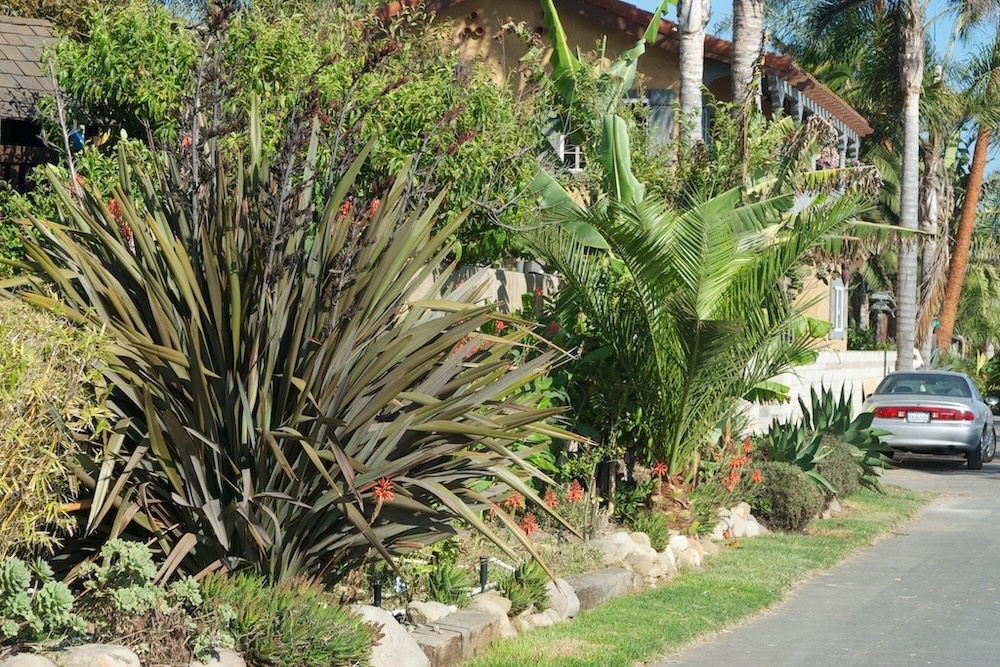

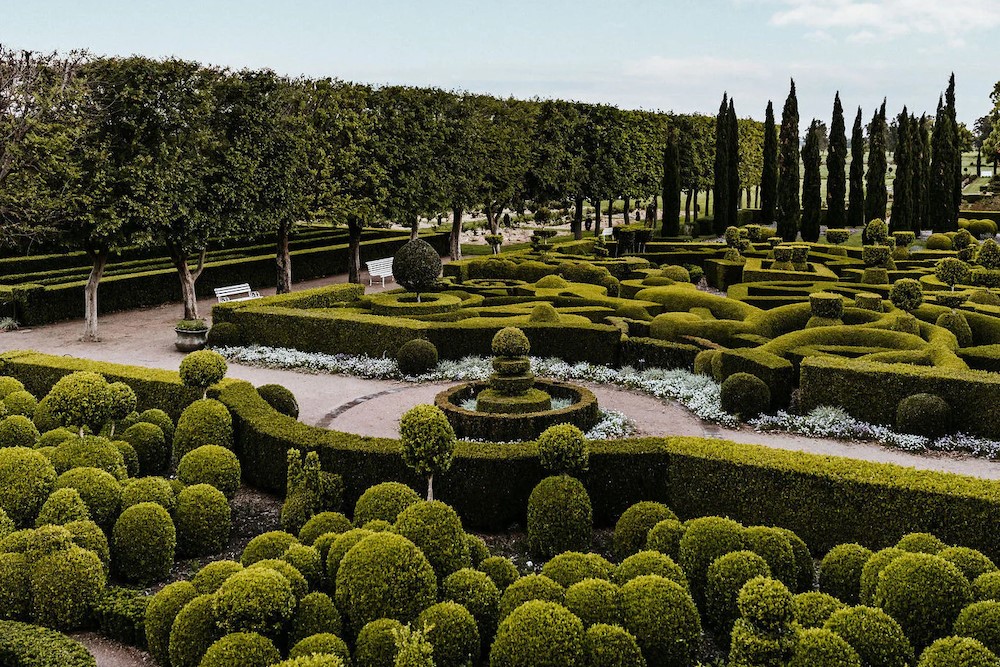
This Post Has 0 Comments